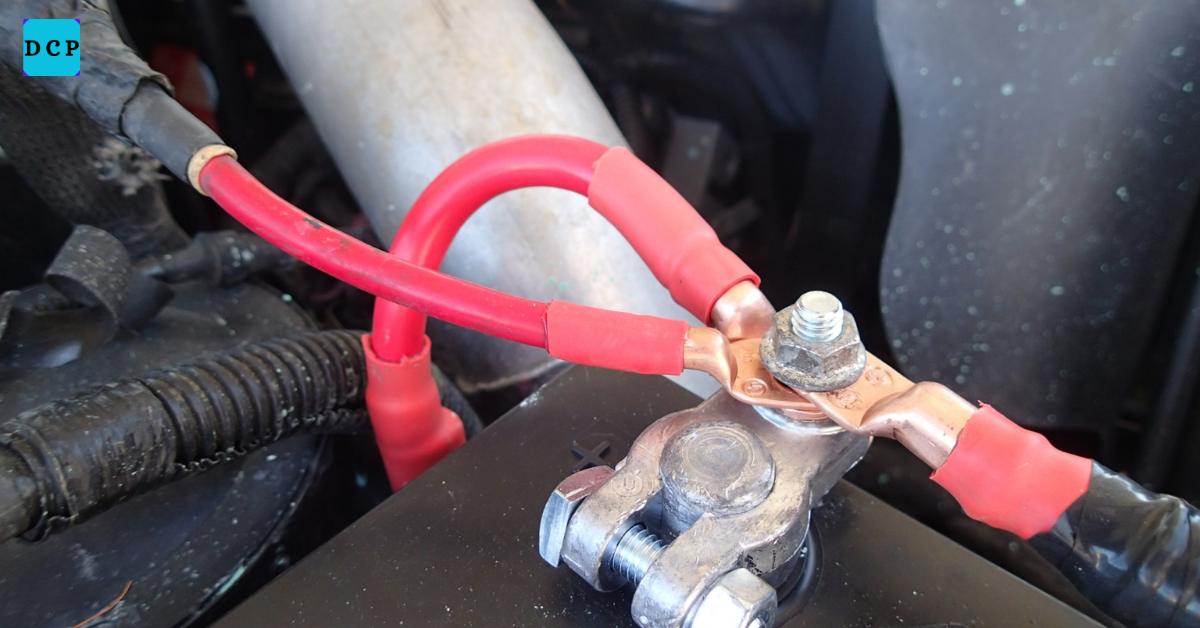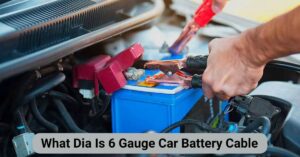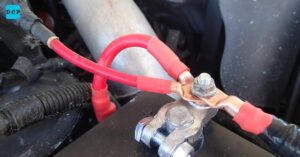Finding the right battery cable can often be a challenge with the numerous options available, but the usual standout for most vehicles that require reliable power transfer without safety or performance compromise is a 3 Gauge Car Battery Cable. In fact, this is the ideal conductivity of cable thickness for mid-range up to high-demand vehicle systems.
Whether you are wiring a car, truck, or RV, the right cable gauge makes all the difference in functionality and overall efficiency. It is one of the most popular 3 Gauge car battery cables because of its well-juxtaposed size and durability for amateur and professional installations.
In this article, the importance of the 3 Gauge Car Battery Cable will be unveiled through an explanation of its uses, benefits, and best practices for installation. This shall range from technical specifications to the importance of quality materials. We’ll cover everything that you need to know to make an informed decision on choosing and using this handy automotive component.
What is a 3 Gauge Car Battery Cable?
The 3 gauge car battery cable is designed to handle robust power transfer without taking too much valuable space in the engine compartment. Measuring approximately 0.229″ in diameter, this cable size can readily transmit current demands and is well-matched for starter motors, alternators, and other high-power electrical components. Unlike smaller wires, 3-gauge cables come in handy with adequate capacity to manage higher current flow while dropping voltage.
In that way, it makes the 3-gauge cable very suitable for automotive applications in medium-duty areas, since it strikes a balance between flexibility and conductivity. The thickness offers less resistance to the flow of current than thinner cables; hence, it secures the needed power to all critical systems and reduces overheating risks. In heavy-duty systems, one may find 3-gauge wires combined with thick insulation to further protect against abrasions and environmental exposure.
Features of 3 Gauge Car Battery Cable

A 3 Gauge Car Battery Cable has a number of features that make it different from other cable sizes. The core material, insulation type, flexibility, and handling of high currents efficiently form the key factors to be considered. Generally, 3 gauge cables are available in copper and aluminum types. Copper has the best conductivity possible and is also preferred, while aluminum forms a lighter alternative that yields a somewhat poor performance.
Core Material
The most used metals are copper and aluminum. Copper has the best conductivity; hence, it allows for maximum power transfer and minimum energy loss. Aluminum is lighter and usually cheaper, but a bit less conductive than copper. The right material shall be chosen depending on budget, application requirements, and intended environment.
Insulation and Flexibility
A good 3 Gauge Car Battery Cable has tough insulation against abrasion, chemicals, and heat. In vehicle use, the insulation should be heavy to handle high temperatures in the engine bay. The flexibility of the cable enables it to route around other components without damage in an engine.
| Feature | Copper | Aluminum |
| Conductivity | High | Moderate |
| Flexibility | High | Moderate |
| Durability | Long-lasting | Moderate durability |
| Weight | Heavier | Lightweight |
Read Also More >> How To Master Drawing = Drawing:Burmhcczepe= Car
3 Gauge Car Battery Cable Uses for Automotive Applications
3 Gauge Car Battery Cable plays a few major roles in car configurations. This is one versatile cable, serving in connecting the battery to powering crucial systems in mid-level power needs. This gauge fits most vehicles for starter connections, thus allowing effective starting power without much voltage drop. The same size cable is generally used by alternators in connecting with the vehicle battery for continued generation and storage of power.
Applications also extend to RVs and marine systems where power supply is moderate but continuous. The size of the cable enables reliable current flow to vital appliances and components without requiring heavy-duty infrastructure normally needed for larger gauges. The 3 gauge cable is very frequently employed in high-draw systems, such as car audio setups, which ensure sound quality and inhibit power shortage.
Installing a 3 Gauge Car Battery Cable
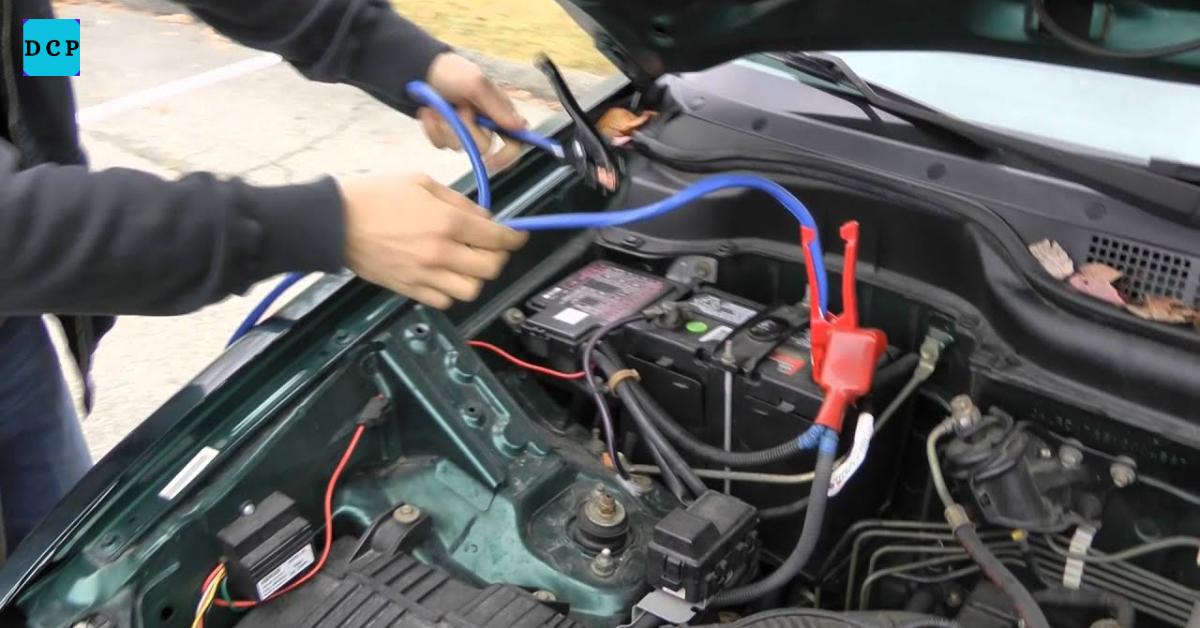
Installing a 3-gauge car battery cable requires some simple tools and careful planning. The tight fixation of the cable avoids any kind of damage from vibration that may be caused by the engine; it also keeps the power connections smooth. First, take the exact length through the path from the battery to the attached component. For a safe installation, ensure you have access to wire cutters, heat shrink tubing, and secure connectors.
Step-by-Step Installation Guide
Measure and Cut: Take a tape measure for the length required. A slightly longer cable is better than a short one to avoid stretching.
Attach Connectors: After cutting, strip the cable ends and attach suitable connectors with the use of a crimping tool.
Insulate: Place heat shrink tubing over connectors for extra insulation and protection against corrosion.
Route and secure: The cable is routed through the engine bay, avoiding any sharp edges, and held in place with clamps to avoid any movement.
Connect and Test: Connect the battery cable to target components. Ensure all connections are at a tight and secure level. Testing of any connection is appropriate thereafter for optimum functionality of the system.
How to Get the Right 3 Gauge Car Battery Cable
Several factors are considered in choosing the proper 3 Gauge Car Battery Cable. Material, insulation, and compatibility with the vehicle specification are key considerations. Generally, copper is considered the standard due to its higher conductivity, while a lighter weight and cost-friendly alternative is aluminum.
Insulation quality varies, and among the top choices are PVC and rubber. High temperature resistance is one of the key features of PVC, while the strength of rubber lies in flexibility for cramped or tight spaces in engine compartments.
In such a situation when it would be exposed to extreme temperatures, weather, or friction all the time, then one should look for insulation made of high-grade material and even options of double insulation.
The insulation helps decrease the wear and tear on a cable over a certain period specifically in those vehicles that will be operating under very harsh environmental conditions. Measuring the length is also quite critical; a too long or too short a cable could pose connectivity problems.
See More >> Does Hot Weather Affect Hybrid Toyota Car Battery
Pros and Cons of a 3 Gauge Car Battery Cable
3-Gauge Car Battery Cable-But then again, there is a choice where efficiency in power and ease of use somewhat balances. Still, one has to know the pros and cons before making that selection.
Its advantages are that it is comparatively manageable in thickness, handles medium power requirements, and has relatively low resistance. It would work well with small trucks, SUVs, and boats where medium-sized power is needed.
On the other hand, this may be way too thick for highly compact applications and too thin if the demands of the application are too high. For a car with high power use, it would require a 0 or 1 gauge. The cost of 3-gauge pure copper cables may also be higher than other materials, which could raise the difference in the overall budget of installation.
3 Gauge Car Battery Cable: Common Issues and How to Maintain It
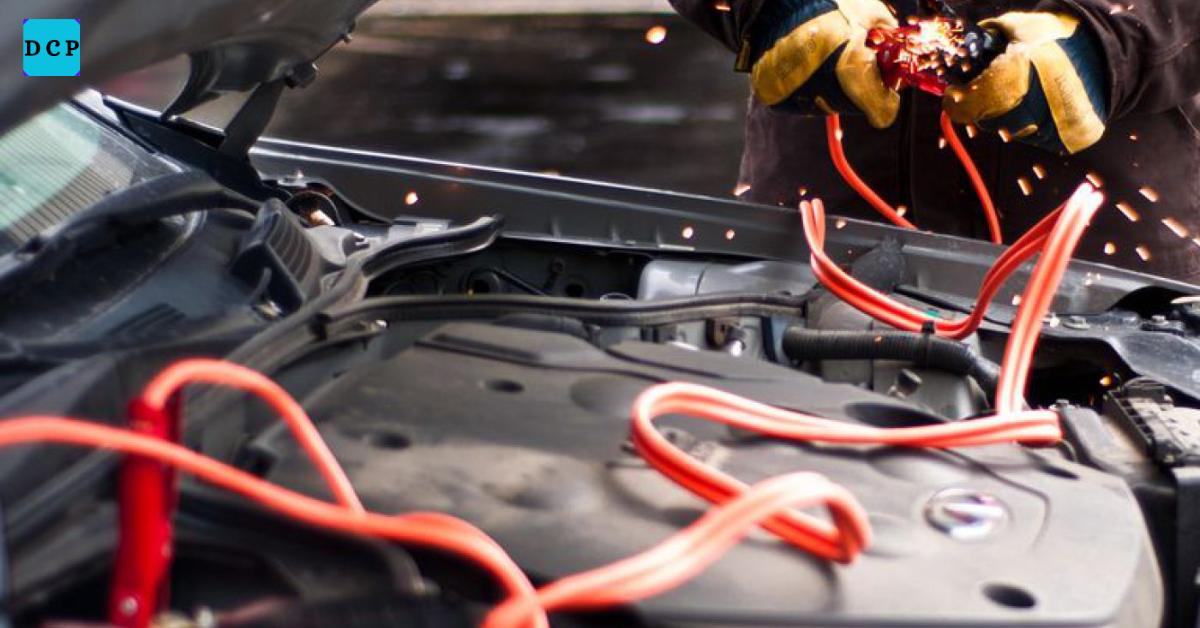
Keeping your 3-gauge car battery cable new will increase its life expectancy and performance. A frequent problem with this cable is that connectors corrode, which reduces conductivity. To prevent this, check the cable periodically for any wear or exposure, and then apply dielectric grease to the connectors. Other problems that may cause overheating are often due to poor connections or using an undersized cable for applications needing high demands. Have secure connections and check recommendations on the cable gauge to avoid overheating.
In cases where there is fraying or wear, replacement well in time can prevent further problems. When installing, avoid tight bends, for these cause internal damage in the course of time. With routine inspections, the cables will work at their best and extend the life of your vehicle’s electrical systems.
Frequently Asked Questions about 3 Gauge Car Battery Cable
Q1: Does the 3 gauge car battery cable support a starter motor?
Yes, it usually would be enough for mid-size starters, but larger ones may require thicker cables.
Q2: Is copper better than aluminum in a 3-gauge cable?
Copper is altogether better in terms of conductivity, while aluminum is lighter and much cheaper.
Q3: What should the length of my 3-gauge cable be?
Measure from the battery to the connected component with slack left in order to bend it without any obstacles.
Q4: How many amperes of current can be carried by a 3-gauge cable?
It can safely handle up to about 100 amps, which would be appropriate for most mid-range applications.
Q5: Does the 3 gauge cable connection require heat shrink tubing?
Yes, it insulates, doesn’t corrode, and the connections last longer.
Conclusion
The 3 Gauge Car Battery Cable strikes a perfect balance between flexibility and handling power, offering good durability for medium and high-demand vehicle applications. Consistent current flow is assured-particularly for those moderately powerful engines. Proper material and insulation selection, correct installation of the cable, and periodic checks guarantee long life service and protection to the electrical system of your vehicle. For most vehicles, a 3 gauge cable will do; it meets the basic requirements and leaves room for quality connections that may upgrade the level of efficiency and safety.
Rena Monrovia When You Transport Something By Car

Hi! I’m the admin of Drive Cars Pedia, where I share my passion for cars with you. From reviews to tips, I provide valuable info to help you make informed decisions. Enjoy your visit!
